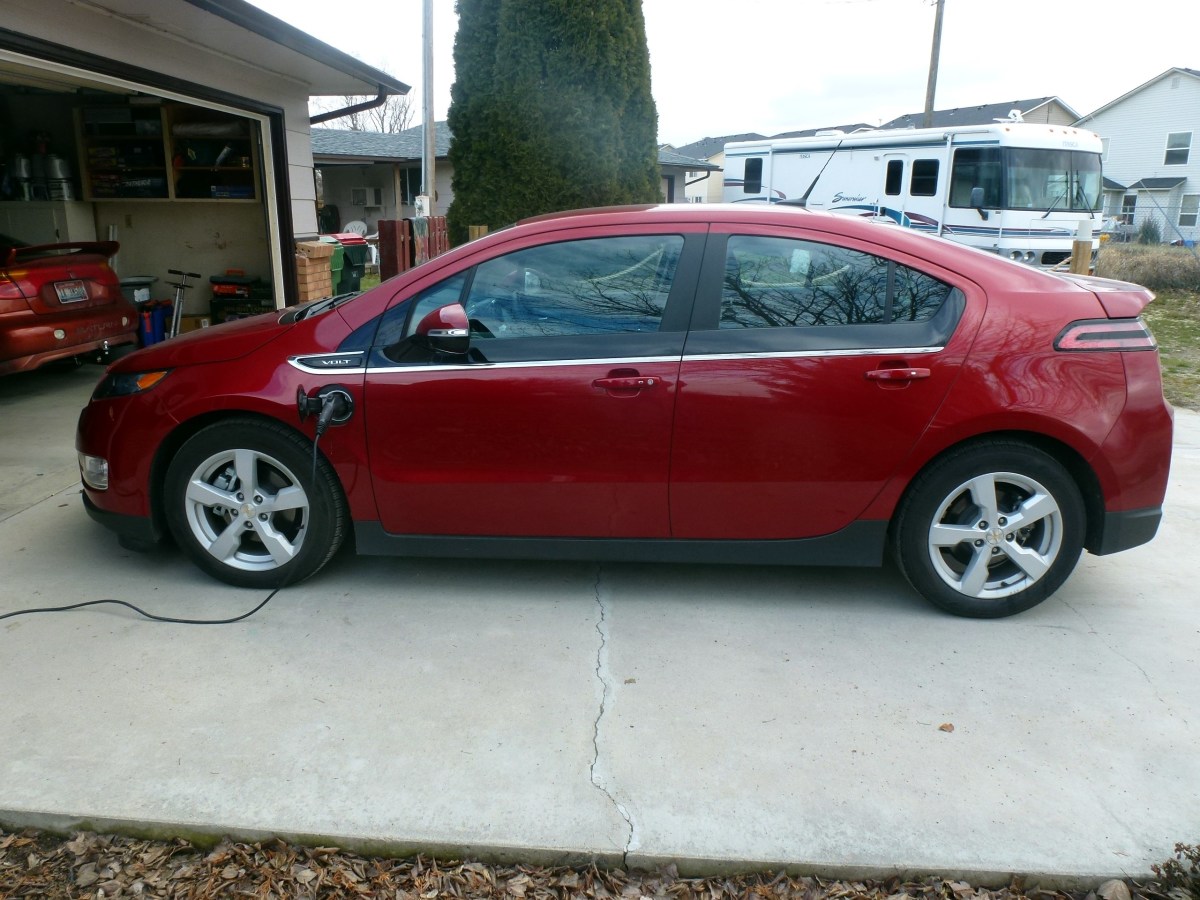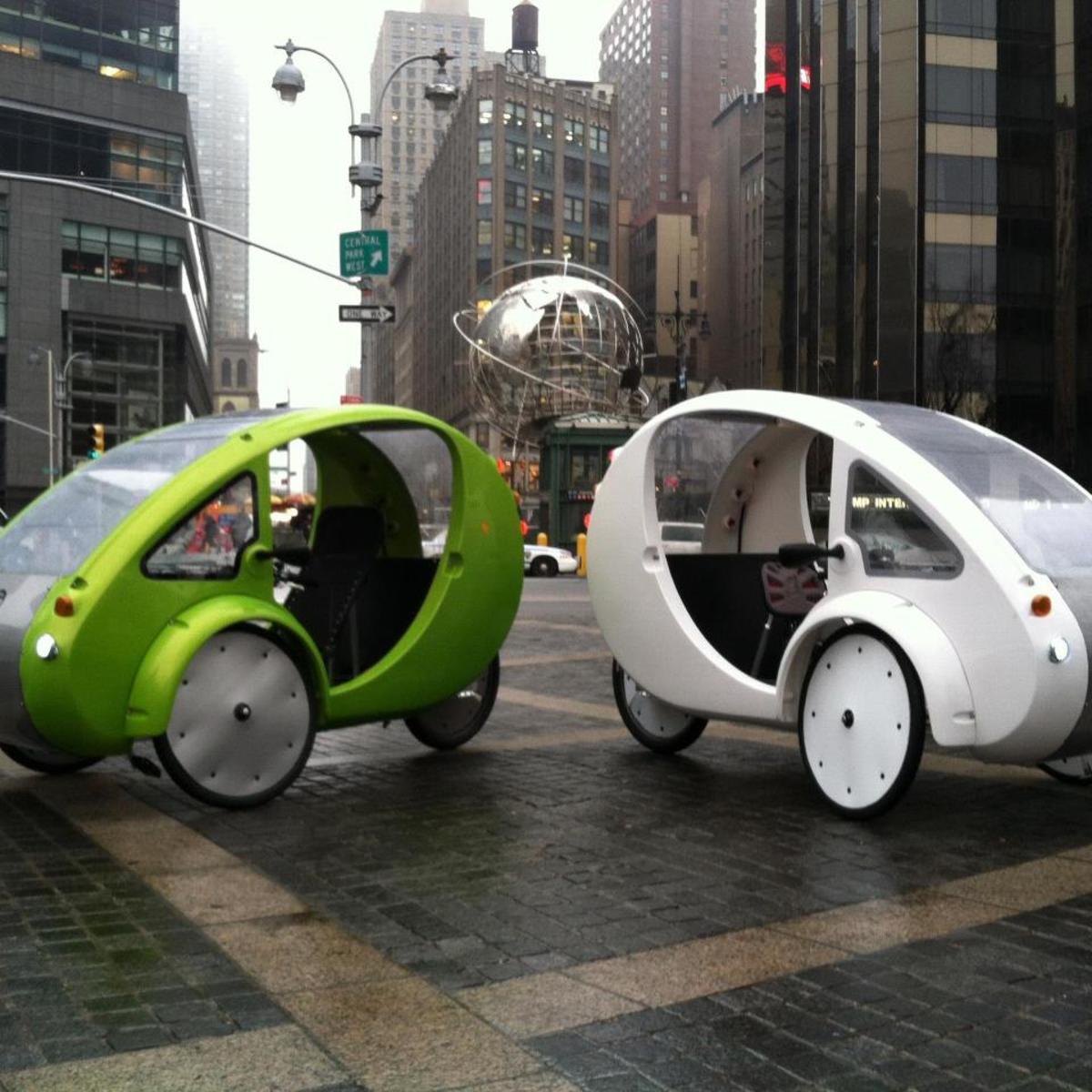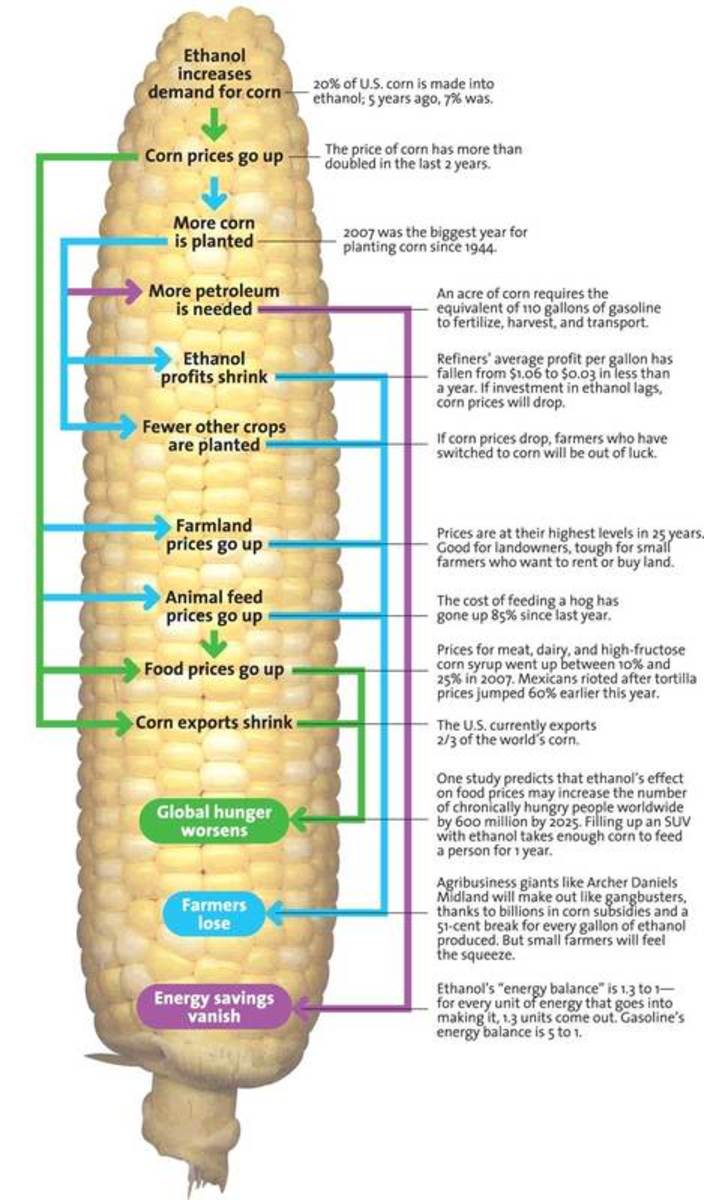Why Do Toyota Prius Hybrid Owners Drive So Annoyingly Slow?
2010 Toyota Prius Hybrid

Toyota Prius Hybrid Drivers Are Different?
Toyota Prius Hybrid drivers are more than likely going to be using different driving techniques that what you are used to seeing. They just don’t drive the same way you do, and there are very specific reasons for this. I know because although I used to be one of you, I am now one of them.
No, really, this is not about you versus them, it’s not about people being different. This is about what brings a person to make the decision to drive a Toyota Prius Hybrid car. It’s about what they go through when they get that car and start learning how to drive it. It’s about high efficiency fuel mileage and more miles per gallon.Dodge Pickup Truck
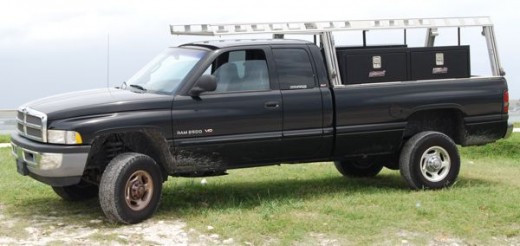
A Little Background
First, let’s back up just a little bit. In a former life, I lived in the country and loved it. My wife and I bought 45 acres up on the side of a mountain and built a home there. We did a lot of the work ourselves, which included hauling all manner of building materials up there. So back then I bought a very powerful, very capable Dodge pickup truck. That truck gets about 8 to 9 miles per gallon. I still have that truck for practical reasons, even though I don’t live in the country anymore.
For the longest time I didn’t buy a second car for a variety of reasons, including the concept of ‘invested energy’. I finally was able to get another car. But I could not settle for just another gas burning, pollution spewing internal combustion engine vehicle. I was making my new car decision even as BP was running a twenty-ring circus in the Gulf of Mexico, and I was so angry that I was determined to start reducing my petroleum consumption as much as possible. I wanted the best possible fuel efficiency I could afford.
Pocket Sized Toyota Prius
The Toyota Prius Hybrid Is Rated At 50 MPG!
It did not take long to narrow the list of potential new cars down to the Toyota Prius Hybrid and the Honda Insight Hybrid. They both come from reputable car companies, and were advertising similar fuel efficiency numbers. I also spent a lot of time prowling fuel economy and car performance forums on the internet, looking for information from actual users as to how these cars perform in the real world. In the end, the Toyota Prius Hybrid was the choice for me.
During my research I came across people who routinely achieved fuel efficiency numbers, miles per gallon (MPG), of 60, 70 and even higher (as high as 100 MPG!). That’s right, there are Prius and Insight drivers out there who are getting 70 miles per gallon (MPG) and more. Well, as you might imagine, I wanted in on that! Think this through for a minute... if you have an eleven gallon gas tank, and you get even just 60 miles per gallon, you are going to get 660 miles between filling your gas tank. For some drivers, that means filling your gas tank only once every 6 weeks or even two months!
But the more I read, the more I learned about what is required to get 70 or 100 miles per gallon in a Toyota Prius Hybrid. There are hypermiling driving techniques that actually have names, like Pulse And Glide, Warp, Engine-Off-Coasting, and so on. While I applaud these MPG Pioneers, I could see readily that some of these more extreme techniques were not for me. So I concentrated on learning more about ‘normal’ fuel efficient driving techniques for getting more miles per gallon. In fact, I start using these methods while I was still driving my truck. Over the course of 3 months, I was able to bring up my average MPG from 8.3 to 9.5. It doesn’t seem like much, but that is an almost 14.5% improvement in fuel efficiency, just from making simple changes to my driving habits.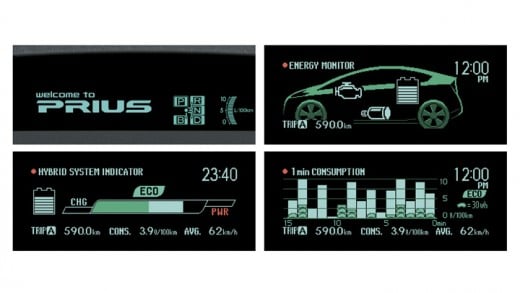
The Toyota Prius Hybrid System Indicator
Enter the Toyota Prius Hybrid. Now I was driving a car that was supposed to get 50 MPG around town. Wow, talk about happy days. I was going to show BP that I was on my way to personal petroleum independence. Not so fast. The Prius has some of the coolest information available in the instrument cluster. All sorts of gauges that tell you where the energy is coming from to move the car, whether you are charging or depleting the battery, and lots more. There are also several ways to see how you are doing in terms of fuel efficiency, or not.
So if you bought the Toyota Prius for that 50 miles per gallon, like I did, you will be watching those gauges closely to make sure you are getting it! Then you realize you are NOT getting it. But you can, you know you can.
Slowly I got the hang of it. The gauges are really great for providing instant feedback on your fuel efficient driving techniques. In addition to simple concepts I learned while still driving my truck, like not accelerating toward a red light, and resisting the urge to accelerate so quickly from stop lights, I started to learn how to manage the Toyota Prius Hybrid system.
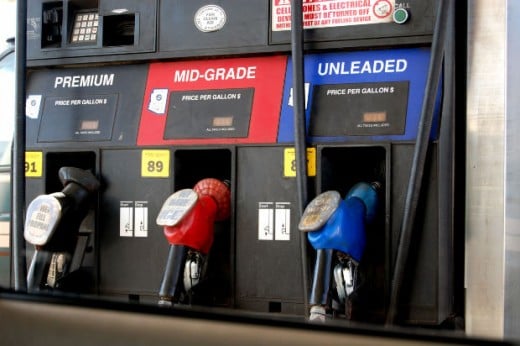
So Why Do Toyota Prius Hybrid Owners Drive Differently?
From the light:
The Toyota Prius Hybrid has a cool little gauge that shows how much energy I am using at any given moment. So when the light turns green, and we all start to accelerate, I can see an indicator of how it is affecting my fuel efficiency. It has three sections to the little gauge graphic. Basically, if I keep the indicator in the main section of the graph, I am in “ECO” mode, and getting good mileage. If the indicator pushes into the small section at the right, the “power” indicator, I am using more energy, and getting poor fuel mileage.
It
doesn’t take long to realize that keeping the indicator OUT of the POWER
segment gets me closer to 50 MPG. That means I don’t accelerate as quickly
from the light as other folks. That also means I get a close up look at
the grill of the car behind me. I call it counting dragonflies.
The main point here is that with some effort to restrain myself, I quickly found that I still get where I am going in time. It just isn’t worth the wasted fuel energy to get where I am going 30 seconds faster.
Does It Matter?
How Do You Feel About Saving Gas?
100 MPG At Cruising Speed
Once I am up to speed, I am going to be trying to get my energy usage indicator to slide over to the left of center position. If my battery has enough charge in it at this point, I can get the internal combustion engine to shut down completely and I can drive in battery only mode for a while. All the while I am driving in battery mode, I am getting 100 MPG or more! But to do this requires letting the car settle into a smooth cruising speed. I don’t drive below the speed limit to achieve this, but it may seem like it because I won’t accelerate to close the gap between myself and the car in front of me. If I get slowed down, I am going to try to build speed smoothly again, so I can stay in full electric mode as long as possible.
The more I twitch and wiggle that gas pedal, the worse my fuel efficiency numbers. If I want to get the best possible miles per gallon, I want to keep my demands on the engine smooth. Another way to look at this is to consider that any time you want to change the speed of something in a hurry, it will cost you way more energy than if you change the speed of something gradually. So, while I am driving my Toyota Prius Hybrid, trying to get 50 MPG or better, I want to accelerate at a moderate pace, and I won’t try to catch up to traffic ahead by using a lot of pedal.
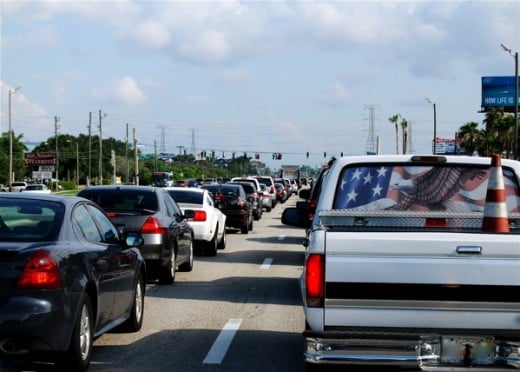
Watch Ahead For Slowing Traffic
I look down the road ahead, almost always now, looking for the next red light or traffic slowdown. Because I don’t want to waste energy cruising toward a braking situation when I could lift my foot and coast to it. No, I don’t coast to a red light from a mile away, it will be green by the time I get there. But I do coast sooner than I used to, because it is completely useless to burn energy getting to a red light and then waste it all by hitting the brakes and stopping.
This is another big "counting dragonflies" moment, as the people behind rarely seem to look ahead, so they don’t seem to get that we are going to have to stop, and I am just slowing at a more rational pace. I have seen this over and over and over again. On two lane roads when I am slowing for a red light ahead, people will come up very close behind me, trying to intimidate me into speeding towards that red light. When I don’t speed up, they jump in the lane next to me and accelerate to the red light and jam on their brakes. Then I coast up and stop next to them at the light and look over at them. They rarely look back.
Always Consider Other Drivers
Don't get me wrong, I don't want to come across as righteous just because I drive a Prius now. That's not how I feel. I feel like I have figured out I have been driving all wrong in the past. Now I want to use high mileage driving techniques (not quite hypermiling) to get the best possible fuel mileage I can. I'm just trying to learn how to get around while using as little oil as possible. And I really do understand that other people are not necessarily thinking or feeling the same way.
Here is what I try to do for other drivers. When I am on a two lane road, I try to stick with one lane or the other. I will usually take the left of two lanes if the right lane is getting a lot of exit/enter traffic, which is a real killer when you are trying to get high miles per gallon. But I always pay attention to the traffic around me, and I try to let the speeders by. On three lane roads, highways, I will stick with the middle lane to give everyone ample opportunity to get past me. This in spite of the fact that I am going the speed limit or above. On single lane roads, I will often sacrifice my fuel efficiency to make sure I am not causing a slowdown for other drivers.

It's About The Really Big Picture: Running Out Of Oil
It’s all about coming to the realization that the way I used to drive was all wrong. It was inefficient and wasteful, and it doesn’t support my goal of personal petroleum independence, or oil freedom. I know there are a million other ways I consume petroleum in my current lifestyle, but this is a big step I can take right away. The more I look around at how others drive, the same way I used to drive, the more I see it as completely unsustainable. I know I wasted lots and lots of energy with the way I used to drive, but I was just an average driver, and so it seems more and more evident to me that we, as a nation, could be saving lots and lots of gasoline if we just modified our driving habits even just a little bit.
If you find yourself behind a Toyota Prius Hybrid, please try to be patient, try to open your mind to seeing how they drive, and think about how it could actually save you money to modify your driving habits just a little bit. Yeah, it’s awkward at first, because it new and different, but this is important and much bigger than just being annoyed because the person in front of you is not trying to race to the next stop light. Also, beware of this sticker in the back window: “If you can read this, start getting your insurance papers together.”



